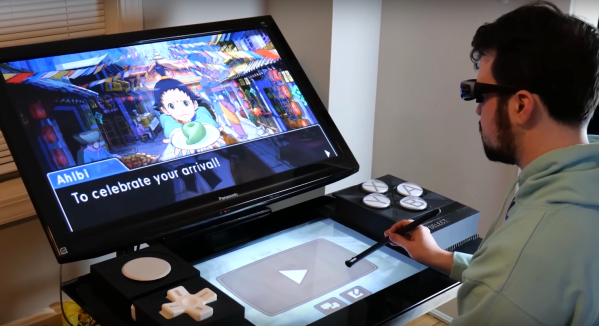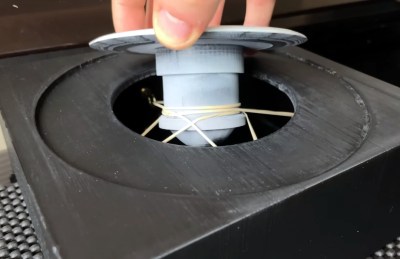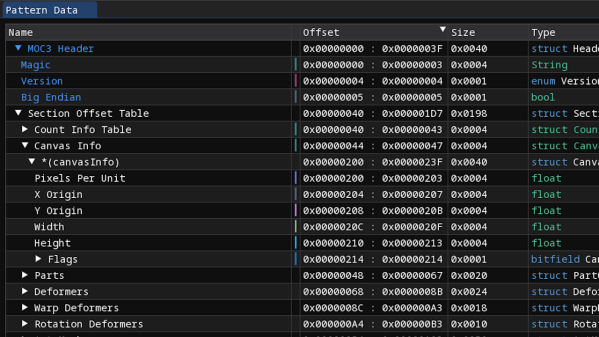Some of the daily normalities of life in the Cold War seem a little surreal from our perspective in 2023, when nuclear bombers no longer come in to land just down the road and you can head off to Poland or Czechia on a whim. Radio amateurs were one of the few groups of civilians whose activities crossed the geopolitical divide, and even though an operator on the other side from ours couldn’t buy a shiny Japanese radio, their homebrew skills matched anything we could do with our Western soldering irons.
[Bill Meara N2CQR] is particularly interested in one line of Cold War-era Communist homebrew radios, the tube-based Cuban “Islander” and its solid-state “Jaguey” sibling. It’s a homebrew double-sideband transceiver design built using readily-available Soviet TV parts, and though he’s published what he can find, he’s on the lookout for more info about these interesting rigs.
The mechanics of a DSB transceiver are simple enough, in that an oscillator and balanced mixer can serve as both modulator and as direct conversion receiver. The fuzzy black and white photographs give frustratingly little detail, but we’re impressed by the quality of what we can see. We have readers all over the world (including we hope, some in Cuba), so perhaps if you know something about these radios you can give Joe a hand. It’s a design that deserves to be appreciated.
For more epic Cold War hackery on the Communist side, read our colleague [Voja Antonic]’s story of his personal computer odyssey.



















